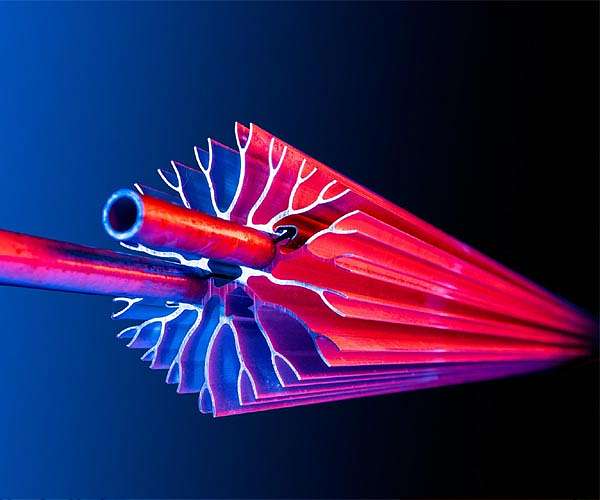Salt batteries improve the absorption of osmotic energy from the convergence of river and sea
Estuaries, where freshwater rivers meet the sea, are not only ideal for birdwatching and kayaking, but also serve as potential sources of renewable, ‘blue’ osmotic energy. A recent study published in ACS Energy Letters highlights a breakthrough in this area, involving a semipermeable membrane designed to harvest osmotic energy from the salt gradients between these waters and effectively convert it into electrical energy. The new membrane demonstrated more than double the output power density in laboratory tests compared to conventional commercial membranes.
Harnessing osmotic energy, achievable wherever salinity gradients exist, has seen several technological approaches. One notable method uses an array of reverse electrodialysis (RED) membranes, described as a ‘salt battery’, which generates electricity from the pressure differences caused by the salt gradients. This process moves positively charged ions such as sodium from seawater to freshwater, increasing membrane pressure. Optimizing this transfer and reducing internal electrical resistance are critical to improving energy absorption.
Building on previous research, Dongdong Ye, Xingzhen Qin and their colleagues developed a new semipermeable membrane using environmentally friendly materials aimed at reducing internal resistance and maximizing energy yield. Their approach involved creating decoupled channels within the membrane: one for ion transport made of negatively charged cellulose hydrogel, and another for electron transport made of an electrically conductive polymer, polyaniline.
When tested in a controlled environment simulating a river mouth, the prototype achieved an output power density 2.34 times higher than a standard commercial RED membrane, with consistent performance over 16 days. Furthermore, when arranged in an array of 20 membranes, this setup could successfully power devices such as a calculator, LED lamp, and stopwatch independently.
The researchers believe their innovative design opens up new possibilities for using ecological materials in RED membranes and improving the efficiency of osmotic energy systems for practical applications.
Research report:Decoupled ionic and electronic pathways for enhanced osmotic energy harvesting


